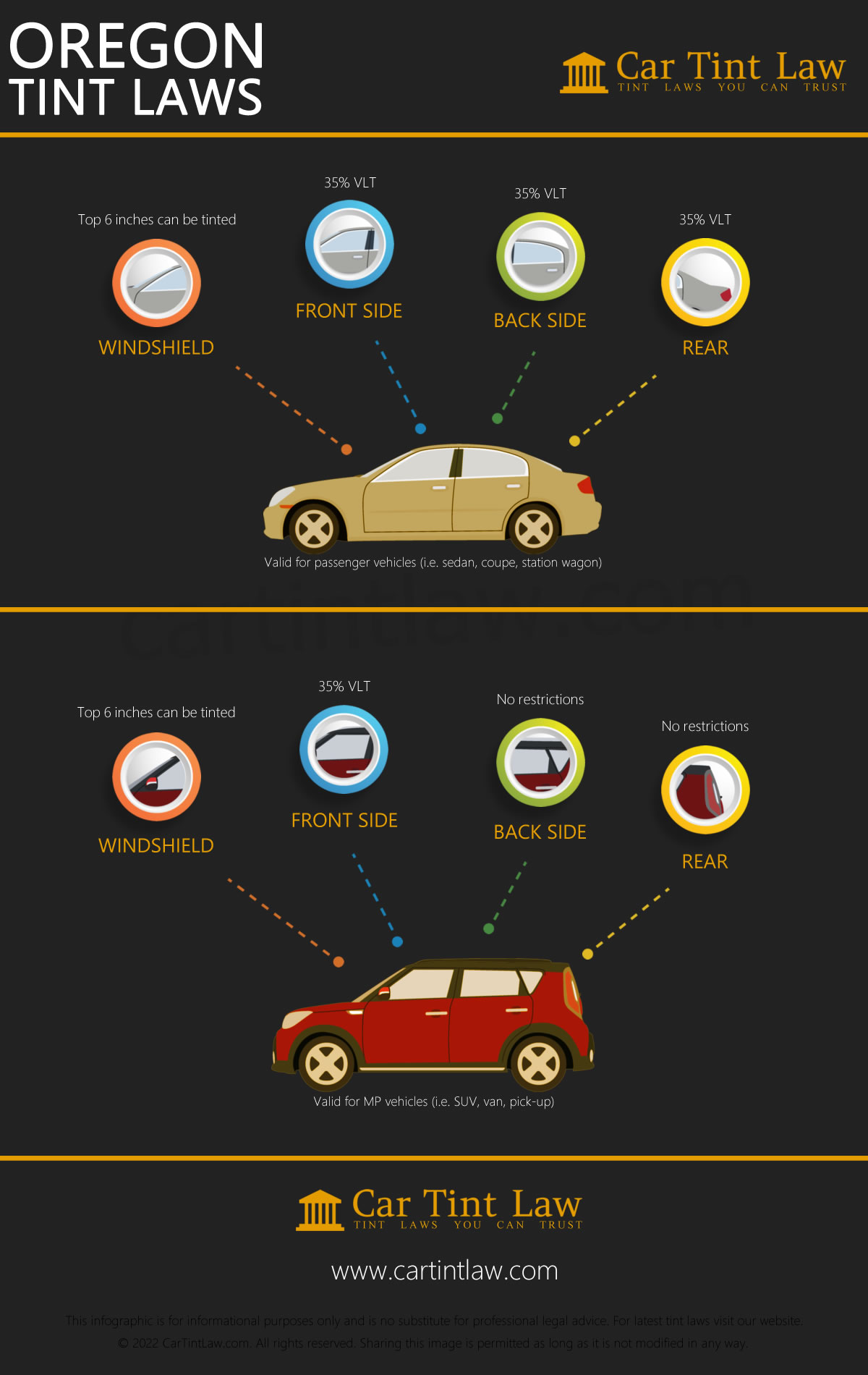

Window Tint Reflection or Visible light reflection (VLR) is the amount of light that a window film reflects. Window Tint Reflection in Connecticut (VLR) Rear Window: You can use any darkness for rear windows. Tint darkness laws for multi-purpose vehicles (SUVs and vans) in Connecticut:įront Side windows: You can use up to 35% tint darkness for front side windows.īack Side windows: You can use any darkness for backside windows. Rear Window: You can use any tint darkness for rear windows. Windshield: You can use a non-reflective tint above the manufacturer’s AS-1 line.įront Side windows: You can use maximum up to 35% tint darkness.īack Side windows: You can use a maximum 35% tint darkness for backside windows. Tint darkness laws for passenger vehicles (sedans) in Connecticut: By doing so, you can make informed decisions about the level of tint you choose for your car while also staying on the right side of the law. This will ensure that you know exactly what is and isn’t allowed for tinting your car windows. To avoid any confusion or potential legal issues, it’s crucial to read and understand Connecticut’s tint darkness laws carefully. These regulations may differ from those in other states, and they may also vary depending on whether you’re tinting a passenger vehicle or a multi-purpose vehicle.
#Connecticut tinted window laws windows
Therefore, if you’re planning to tint your car windows in Connecticut, it’s important to note that the state has its own set of regulations regarding how much light can pass through tinted glass. The higher the percentage, the more visible light is transmitted through the film.Įvery state has varied legal limitations. It’s measured in percentages and can diversify from 0% to 100%.

Window Tint Darkness or Visible light transmission (VLT) is a measure of the amount of light that passes through a film. Window Tint Darkness in Connecticut (VLT) In this discussion, I’ll explain both concepts, starting with VLT. Visible Light Transmission (VLT) and Visible Light Reflection (VLR) are two essential concepts to understand for auto window tinting.

Don’t take any chances make sure you’re up-to-date on the latest regulations and guidelines. Additionally, Connecticut has additional rules and regulations regarding car window tinting that you should familiarize yourself with.īy reading up on the laws and regulations regarding car window tinting in Connecticut, you can keep your vehicle looking stylish while avoiding potential fines and legal problems. To ensure compliance with the regulations, it’s crucial to have all the information and documentation regarding the tint on your car’s windows, including the level of darkness and reflectiveness that’s allowed in the state.

As a responsible car owner, it’s essential to be aware of the laws governing car window tinting to avoid running afoul of the authorities and being slapped with hefty fines. Connecticut’s laws on car window tinting date back to 1994, and since then, motorists have been required to adhere to specific guidelines when tinting their car windows.


 0 kommentar(er)
0 kommentar(er)
